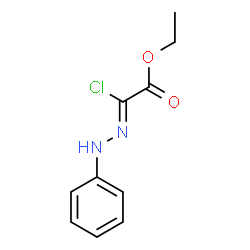Food gels: gelling process and new applications.
Soumya Banerjee, Suvendu Bhattacharya
文献索引:Crit. Rev. Food Sci. Nutr 52(4) , 334-46, (2012)
全文:HTML全文
摘要
Food gels are viscoelastic substances and several gelled products are manufactured throughout the world. The gelling agents in foods are usually polysaccharides and proteins. In food gels, the polymer molecules are not cross-linked by covalent bonds with the exception of disulphide bonds in some protein gels. Instead, the molecules are held together by a combination of weak inter-molecular forces like hydrogen bonds, electrostatic forces, Van der Waals forces, and hydrophobic interactions. Polysaccharides including hydrocolloids are strongly hydrated in aqueous medium but they tend to have less ordered structures. The mechanism of gelation depends on the nature of the gelling agent(s) and on the conditions of gel formation like the temperature, the presence of ions, the pH, and the concentration of gelling agents, etc. Characterization of gels can be performed in several ways of which rheological measurements are frequently practiced. Multi-component or mixed gel system is an important area of interest in which two or more gelling components are simultaneously used to achieve certain specific structural and functional characteristics. We here discuss about the different gels and gelling agents, the characterization of gels, and the mechanism of gelation with an emphasis on mixed or multi-component gels that would have significant commercial applications.
相关化合物
| 结构式 | 名称/CAS号 | 分子式 | 全部文献 |
|---|---|---|---|
 |
槐豆胶
CAS:9000-40-2 |
C10H11ClN2O2 |
|
Determination of D-pinitol in carob syrup.
2011-09-01 [Int. J. Food Sci. Nutr. 62(6) , 572-6, (2011)] |
|
Purification and characterization of Aspergillus terreus α-g...
2011-08-01 [Appl. Biochem. Biotechnol. 164(7) , 1111-25, (2011)] |
|
Efficacy of the combined application of chitosan and Locust ...
2014-01-17 [Int. J. Food Microbiol. 170 , 21-8, (2014)] |
|
Expression of Trichoderma reesei β-mannanase in tobacco chlo...
2011-01-01 [PLoS ONE 6(12) , e29302, (2011)] |
|
Influence of a family 29 carbohydrate binding module on the ...
2016-02-01 [Biochim. Biophys. Acta 1860 , 354-62, (2015)] |